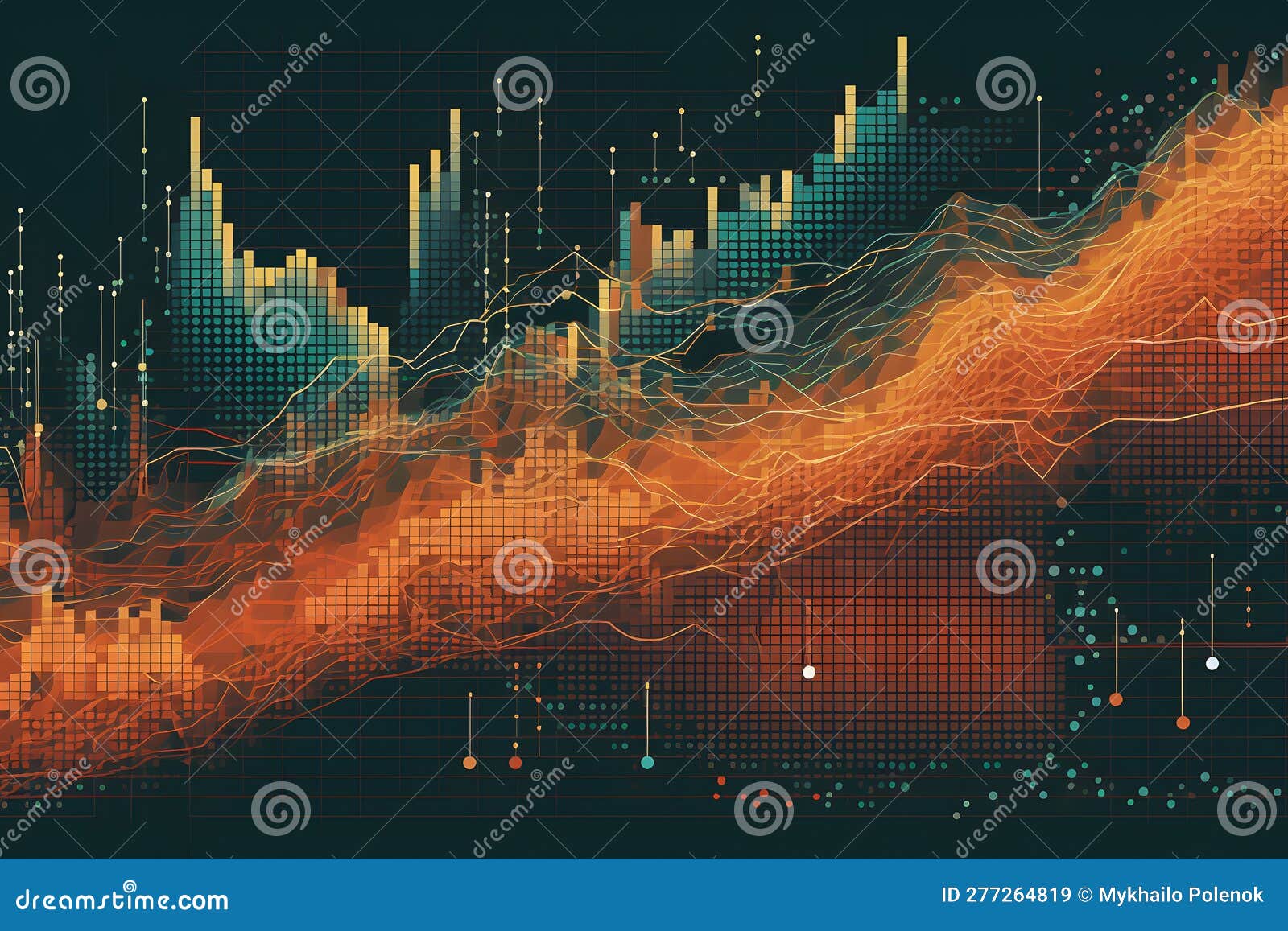
Let’s be honest. The forex market is a beast. It’s a 24/5 whirlwind of economic data, geopolitical drama, and pure, unadulterated sentiment. For decades, the big players—the banks and hedge funds—had the ultimate advantage: supercomputers, quant teams, and data centers that could process more information before you’ve even finished your morning coffee.
Well, the game is changing. Drastically. Artificial Intelligence is no longer a sci-fi fantasy; it’s a practical tool that’s leveling the playing field for the everyday trader. This isn’t about robots taking over your trading account. It’s about using AI as your most powerful co-pilot.
So, What Exactly Is AI-Driven Forex Analysis?
Think of it this way. Traditional analysis is like trying to predict the weather by looking out your window. You might see clouds and guess it’ll rain. AI-driven analysis, on the other hand, is like having access to a global network of satellites, ocean buoys, and atmospheric sensors—all crunching data in real-time to give you a hyper-accurate forecast.
In practice, AI-driven forex market analysis uses machine learning algorithms to sift through absolutely massive datasets. We’re talking about:
- Historical price charts (the obvious one)
- Real-time news feeds and social media sentiment
- Central bank announcements and economic calendars
- Even alternative data like shipping traffic or satellite imagery of oil fields
The AI doesn’t get tired. It doesn’t get emotional. It just finds patterns—complex, non-linear patterns that are completely invisible to the human eye. It’s this ability to process what’s known as ‘unstructured data’ that gives it such an edge.
How This Tech is Reshaping Retail Trading
For the retail trader, this shift is monumental. Honestly, it’s the difference between feeling like you’re throwing darts in the dark and having a detailed map with a flashlight. Here’s the deal on the core benefits.
Emotion-Free Trading (Your Secret Weapon)
Fear and greed are the twin killers of trading profits. You know the feeling—holding onto a losing trade for too long because of hope, or closing a winner too early out of fear. AI-driven analysis provides objective, data-backed signals that help you sidestep these emotional pitfalls. It’s like having a calm, logical friend whispering in your ear, reminding you of the plan.
Seeing Around Corners: Predictive Power
While no system can predict the future with 100% accuracy, AI gets scarily close. By analyzing past behavior before major events, these systems can assign probabilities to potential market movements. This gives you a huge leg up in preparing for volatility around things like Fed meetings or GDP reports.
24/7 Market Monitoring
You have to sleep, right? The market doesn’t. AI-powered tools can monitor dozens of currency pairs across all sessions, alerting you the instant a key support level breaks or a new pattern emerges. This constant vigilance means you’ll never miss a potential opportunity—or a crucial exit signal—just because you were offline.
Getting Started: AI Tools You Can Actually Use
Okay, this all sounds great. But how do you, a retail trader, actually tap into this power? Well, you don’t need a PhD in data science. A new wave of accessible platforms has emerged. Here’s a quick look at what’s out there.
| Tool Type | What It Does | Good For… |
|---|---|---|
| Signal Providers | Uses AI to generate buy/sell alerts directly to your phone or platform. | Traders who want actionable ideas without doing the deep analysis themselves. |
| Market Scanners | Continuously scans the entire forex market for high-probability setups based on your criteria. | Saving time and discovering opportunities you might have otherwise missed. |
| Sentiment Analysis Bots | Analyzes news headlines and social media to gauge overall market mood (fear/greed). | Getting a contrarian indicator or confirming the strength of a trend. |
| Customizable AI Indicators | Plugs into platforms like MetaTrader to add AI-powered layers to your existing charts. | Traders who have a strategy but want an AI “second opinion” on their trades. |
The key is to start small. Maybe you begin with a simple sentiment tool to complement your current strategy. The goal is augmentation, not a complete and immediate overhaul.
A Word of Caution: The Human Touch Still Matters
It’s tempting to think of AI as a magic money-printing machine. It’s not. In fact, blind reliance on any system is a recipe for disaster. Here’s why you’re still the most important part of the equation.
- Black Swan Events: An AI model trained on historical data has never seen a true black swan event—like a sudden, unexpected war or a pandemic. Its algorithms can falter when the market goes completely off-script. Your intuition and understanding of world events are your safety net.
- Over-Optimization: An AI can be tuned so perfectly to past data that it becomes useless in the present. It’s like a key that fits a lock that no longer exists. You need the wisdom to see when a model is “curve-fitting” and no longer reflecting reality.
- Context is King: An AI might flag a bizarre price movement as a trading signal. But you, the human, might realize it’s just a typo in a economic data release or thin holiday market liquidity. That context is everything.
The best approach? A partnership. Use the AI for what it’s brilliant at: data crunching, pattern recognition, and relentless monitoring. And you focus on what you’re brilliant at: strategy, risk management, and understanding the bigger picture.
The Future is a Collaboration
The landscape of retail forex trading is being fundamentally reshaped by these technologies. The traders who thrive will be the ones who adapt—who learn to harness these powerful tools without surrendering their own judgment.
It’s not about man versus machine. It’s about man with machine. The future of trading isn’t a solitary figure staring at a screen; it’s a savvy individual, equipped with intelligent technology, making more informed, more disciplined, and frankly, more confident decisions than ever before. The question is no longer if you should use AI, but how quickly you can learn to make it work for you.

